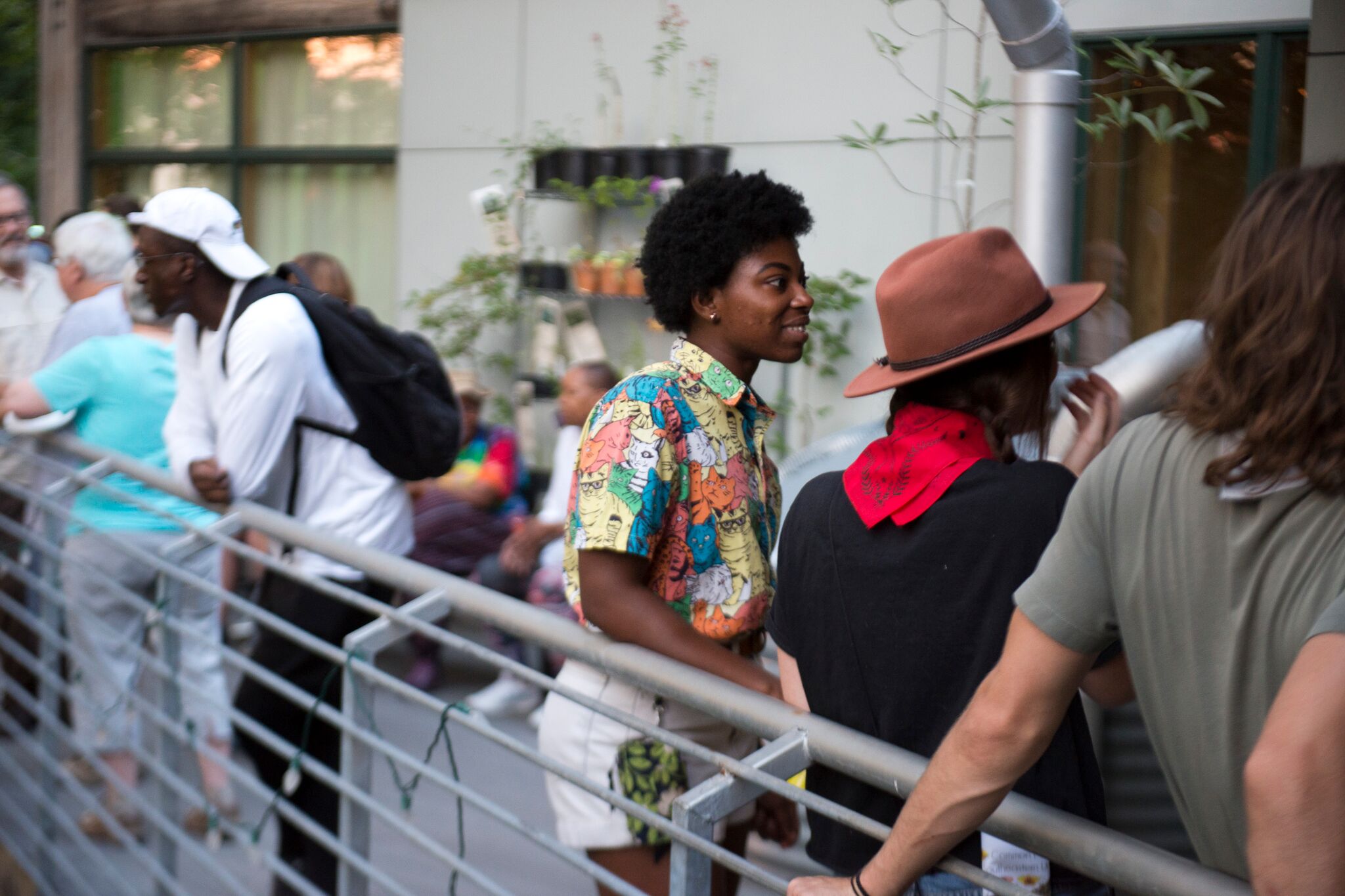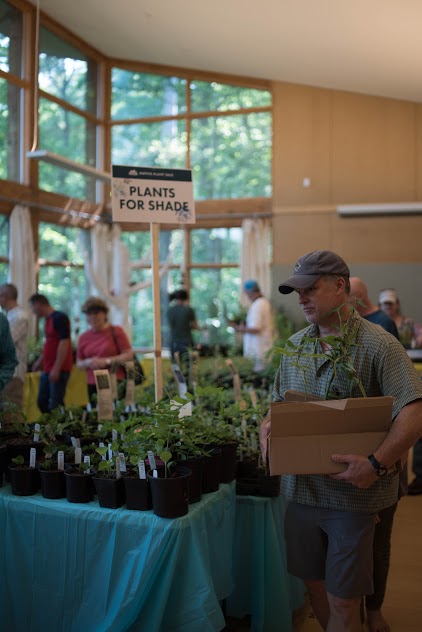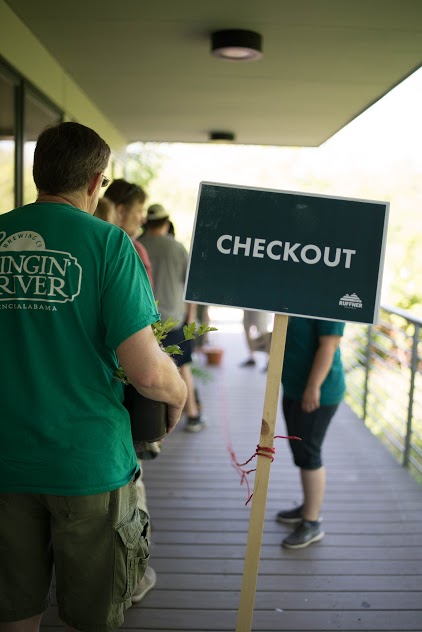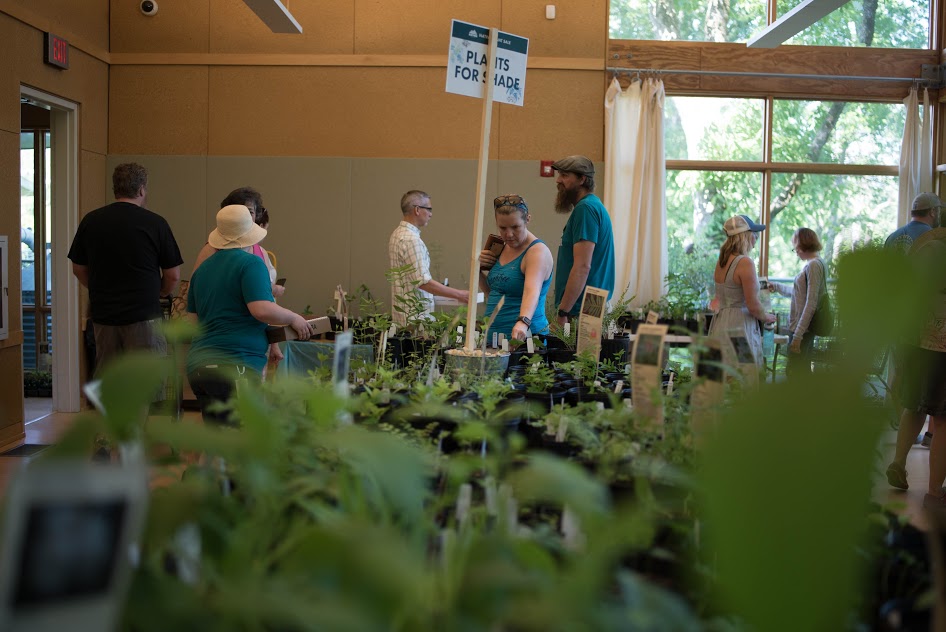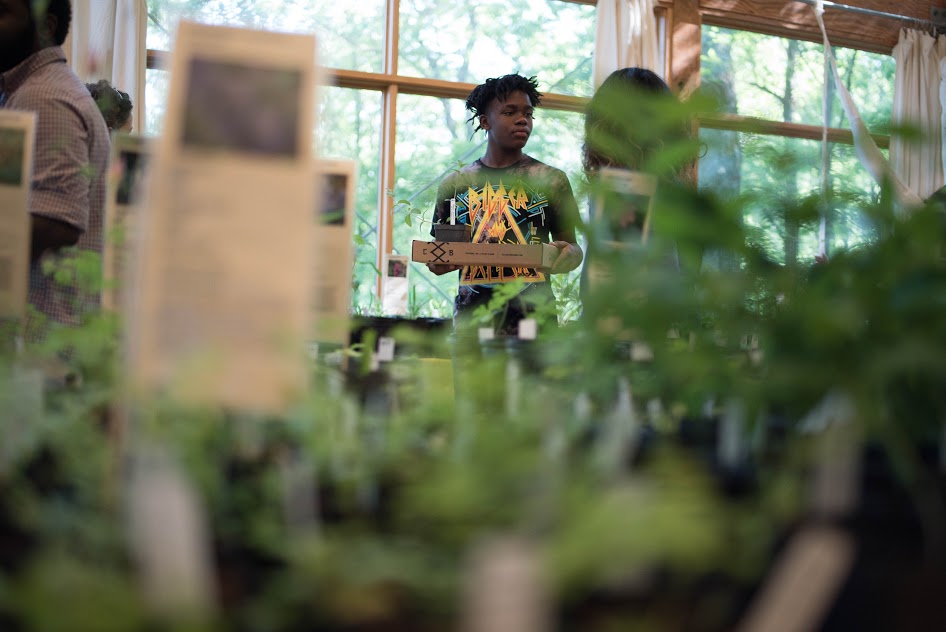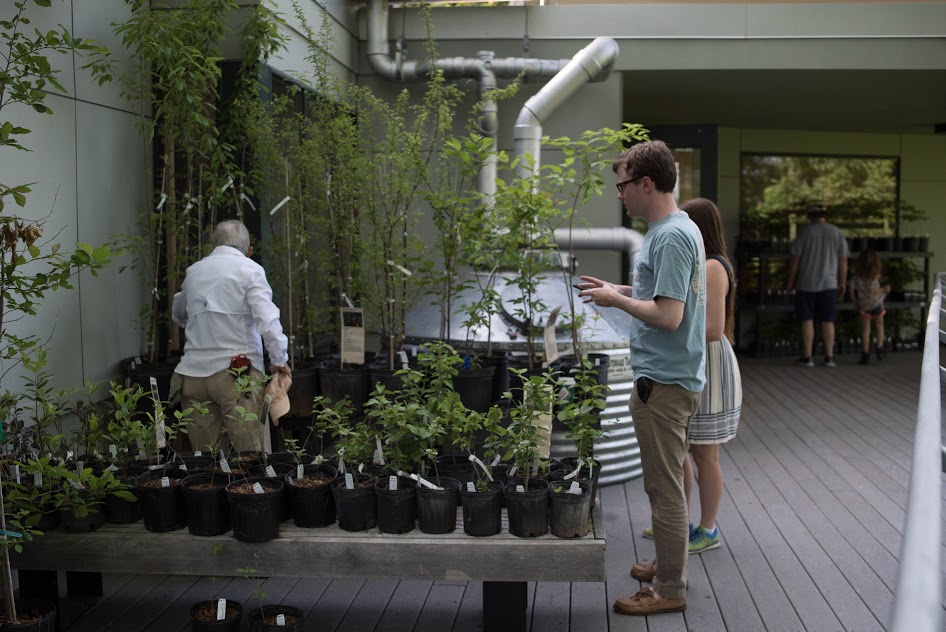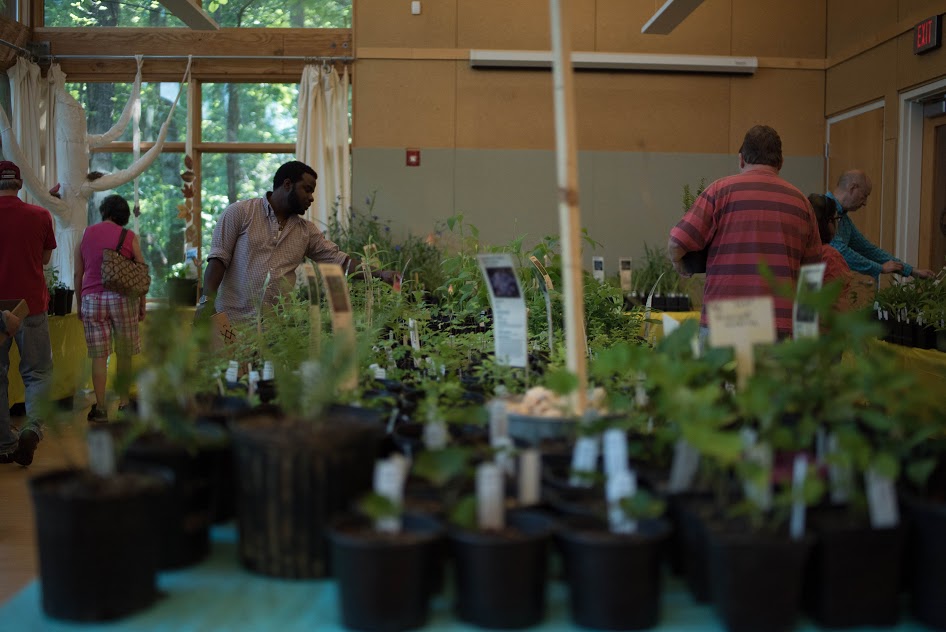Wow, what a weekend! We'd like to thank everyone who came out to the first ever Night Festival this past weekend and joined us in celebrating National Moth Week. The atmosphere, the vibes, the food, the art, the conversation, the music—all of it was absolutely magical, and we'd like to thank you, Birmingham, for helping to make it a reality. A very special thanks to Doug Baulos, Michelle Reynolds, Chiharu Roach, the UAB Visual Arts Department, and each of the artists who particpated in Night Festival. Thanks to Stott Noble, John Friel, and Pete Van Zandt for their moth expertise, and thank you to Jasper Lee, Anna Thomas, Nancy Lewis, Rachael Jamison, and Daniel Long for their truly lovely musical performances. Thanks to Good People Brewing and Revelator for such fine eats and brews. Finally, a special thanks to Joshua Blackwell for rocking everybody's world with his culinary delights. I mean, just look at that cake!
•
If you weren't able to make it to Night Festival, be sure to check out the Alabama Museum of Natural History's Mothfest at Moundville Archaeological Park. Link in bio.
•
We feel very fortunate at Ruffner to live in a city with such an abundance of green space and folks who value and appreciate the natural world (like the moth). Let's continue working together to build a community that lives as part of, and not apart from, our nature. Till next time, see you on the mountain. 📸: Bob Farley @ bobfarley.photoshelter.com.
